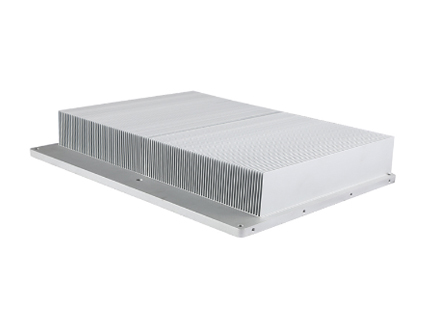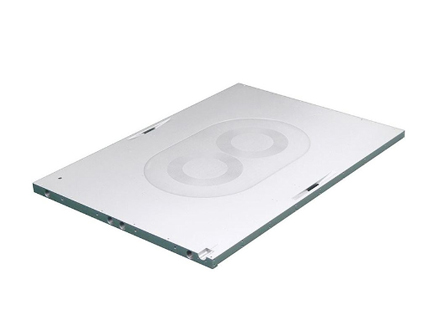Heat dissipation technology mainly refers to the methods and technologies of external heat design, involving various aspects related to heat transfer or cooling methods and materials. Currently, almost all heat sinks use heat conduction and heat convection as the main methods for heat dissipation. Based on different methods of heat conduction and convection, heat sink products can be divided into active and passive methods. Active means that there is additional energy unrelated to the heat source involved in forced cooling, such as fans, water pumps in liquid cooling, or compressors in phase-change cooling. These cooling methods are generally efficient but also require auxiliary energy. In contrast, passive cooling relies solely on the heat dissipation of the heat source or heat sink to reduce temperature. Currently, commonly used cooling technologies include natural cooling, forced cooling, liquid cooling, and active cooling methods.
Natural Cooling
Natural cooling is a commonly used cooling method that utilizes the high thermal conductivity of materials (mainly profiles) to transfer heat and dissipate it into the air. Without specific wind speed requirements, natural convection heat sinks use copper-aluminum heat sink plates, aluminum extrusion heat sinks, heat sink machining, or alloy castings to achieve product cooling. Natural cooling is mainly applied to electronic components with relatively low heat flow density and low power devices where temperature control requirements are less stringent.

Forced Cooling
Forced cooling is a method of accelerating the airflow around electronic components using fans to carry away heat. Air cooling is also a common cooling technology with advantages such as simplicity in manufacturing, lower cost, and ease of installation. In electronic components, if there is sufficient space to allow airflow or the installation of cooling facilities, this method can be applied. In practice, increasing the total heat dissipation area and generating a relatively large convection heat transfer coefficient on the heat dissipation surface are the main ways to enhance this convection heat transfer capability.
Liquid Cooling
Liquid cooling in electronic components involves heat dissipation methods based on chip and chip module designs. Liquid cooling can be divided into direct and indirect cooling methods. Indirect liquid cooling involves a cooling liquid that contacts the electronic components through an intermediary system, using auxiliary devices such as liquid modules, thermal modules, jet liquid modules, and liquid substrates for heat transfer between the heat-emitting elements. Direct liquid cooling, also known as immersion cooling, involves direct contact between the liquid and the electronic components, with the coolant absorbing and carrying away heat. This method is mainly used for devices with high heat dissipation density or in high-temperature environments.

Active Cooling
Active cooling involves methods such as refrigerant phase-change cooling and semiconductor cooling.
1. Refrigerant Phase-Change Cooling
In general, deep cooling technology has significant value and impact in cooling electronic components. In some high-power computer systems, deep cooling technology can be used to improve circulation efficiency, with a wide range of cooling quantities and temperature ranges, and a relatively compact device structure, resulting in high circulation efficiency.
2. Semiconductor Cooling
Semiconductor cooling methods for conventional electronic components offer advantages such as small device size, convenient installation, good quality, and easy removal. This method, also known as thermoelectric cooling, uses the Peltier effect of semiconductor materials to create thermocouples by passing direct current through different semiconductor materials. This process absorbs heat at one end and releases it at the other end, achieving a cooling effect.
Lori Semiconductor Cooling Module
The Lori semiconductor cooling module combines thermoelectric cooling with air and water cooling technologies. It features stronger environmental adaptability, long service life, and reliable performance. The design and manufacturing of the semiconductor cooling module are based on multiple disciplines, including engineering, materials science, electrochemistry, and heat transfer. Lori has a research team of experts in thermal management and semiconductor cooling technology with extensive design experience and advanced design concepts. They can optimize cooling solutions based on the product’s heat generation mechanism, considering economic rationality, technical feasibility, and practicality, to provide high-quality semiconductor cooling modules for customers







